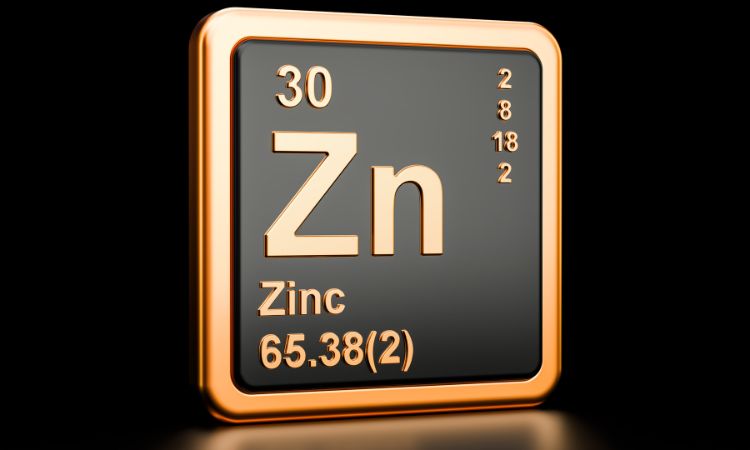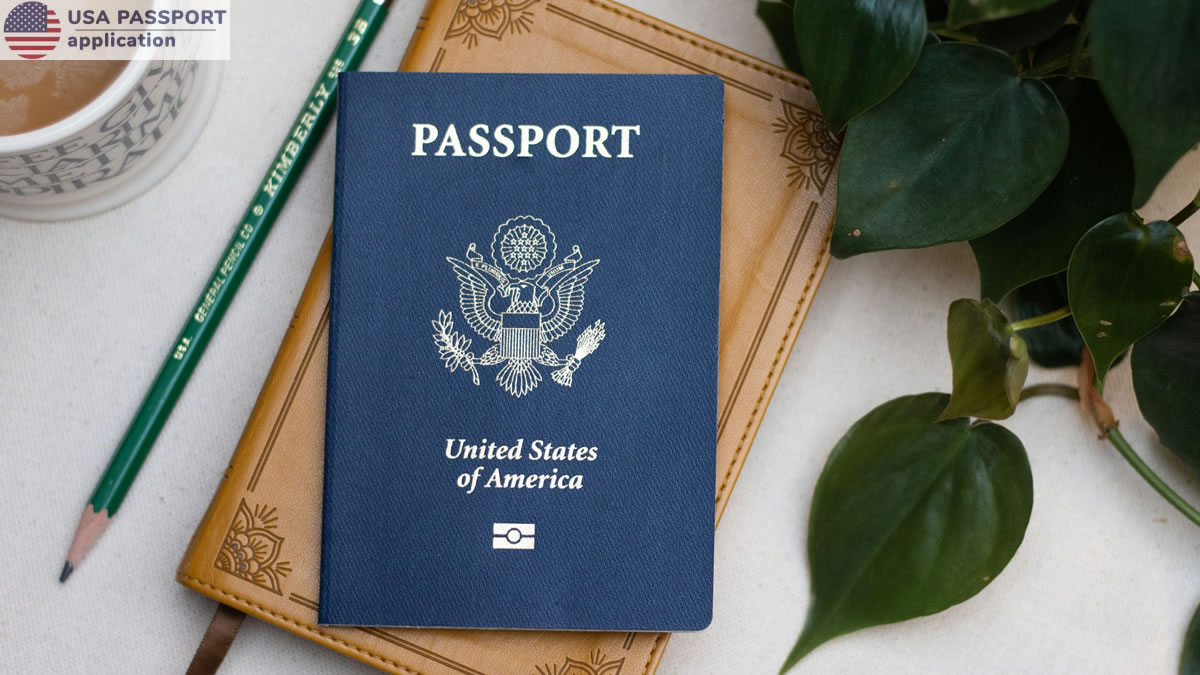The global zinc pyrithione market size witnessed a healthy growth in the historical period of 2018-2023. The market is expected to grow at a CAGR of 3.8% in the forecast period of 2024-2032. Zinc pyrithione, a versatile chemical compound known for its antifungal, antibacterial, and anti-inflammatory properties, has seen widespread use across various industries, including cosmetics, personal care, pharmaceuticals, paints and coatings, and biocides. The growth of this market is being driven by increasing demand for skincare and haircare products, advancements in pharmaceutical applications, and its use in controlling microbial growth in industrial and household settings.
This blog post will explore the various factors contributing to the growth of the zinc pyrithione market, including its applications, regional trends, market dynamics, and competitive landscape.
1. Market Overview and Key Drivers of Growth
Zinc pyrithione is primarily used in personal care products, especially shampoos and skincare formulations, for its antifungal and antibacterial properties. It is also used in paints and coatings as an anti-corrosion agent, in pharmaceuticals for the treatment of fungal infections, and as a biocide in industrial applications.
The global market has benefited from the rising awareness of personal hygiene, an increasing emphasis on healthcare, and growing demand for more effective and sustainable chemicals in manufacturing. With global populations becoming more health-conscious and focusing on hygiene, the demand for zinc pyrithione has seen significant growth, especially in the personal care industry. Furthermore, the increasing trend of premium cosmetic products incorporating functional ingredients, such as antifungal agents, has spurred the demand for zinc pyrithione.
The global market is expected to grow at a healthy pace due to continued innovations in product formulations, coupled with rising investments in healthcare and personal care sectors. The forecast period from 2024 to 2032 is anticipated to witness steady growth, fueled by a compounded annual growth rate (CAGR) of 3.8%.
2. Zinc Pyrithione Market by Grade
Zinc pyrithione is available in different grades, primarily divided into industrial grade and pharmaceutical grade, with each serving distinct markets.
2.1 Industrial Grade Zinc Pyrithione
Industrial-grade zinc pyrithione is predominantly used in paints and coatings, polymers, and various industrial applications. The compound’s anti-fungal and anti-corrosive properties make it a valuable additive in manufacturing processes. In paints, it prevents the growth of mold and mildew, extending the life of the coating while ensuring better durability in challenging environmental conditions.
In industrial sectors, the demand for zinc pyrithione in anti-corrosive applications continues to rise, driven by the need for longer-lasting materials and the growing focus on infrastructure development in emerging economies. Additionally, the rise of environmentally friendly and sustainable formulations in industrial chemicals supports the increasing demand for industrial-grade zinc pyrithione.
2.2 Pharmaceutical Grade Zinc Pyrithione
Pharmaceutical-grade zinc pyrithione is used in medicinal and therapeutic formulations, particularly in the treatment of dandruff, seborrheic dermatitis, and fungal infections. It is an active ingredient in over-the-counter products like anti-dandruff shampoos, creams, and lotions.
As the global demand for dermatological treatments rises, especially among aging populations and those with skin conditions, the pharmaceutical-grade segment is expected to experience steady growth. The increasing preference for over-the-counter and natural-based formulations in skincare products is driving innovation in the pharmaceutical sector, which, in turn, boosts the demand for pharmaceutical-grade zinc pyrithione.
3. Zinc Pyrithione Market by Application
Zinc pyrithione’s versatility enables its application across several industries. The primary applications of zinc pyrithione include:
3.1 Cosmetic and Personal Care
The cosmetic and personal care industry remains the dominant end-user of zinc pyrithione, primarily in the form of shampoos, conditioners, and skin care products. Its anti-fungal and antimicrobial properties are highly valued in products designed for scalp care, acne treatments, and skincare formulations targeting oily skin.
With growing consumer awareness about the efficacy of ingredients in personal care products, and the increasing demand for multifunctional ingredients, zinc pyrithione has carved a niche as a premium ingredient in the cosmetic industry.
3.2 Paint and Coatings
Zinc pyrithione is used extensively in paints and coatings due to its ability to prevent fungal and microbial growth. This application is particularly critical in environments that experience high humidity and moisture, where mold and mildew can deteriorate the quality and aesthetics of surfaces. As construction and infrastructure activities continue to grow, particularly in emerging markets, the demand for zinc pyrithione in paints and coatings is expected to rise significantly.
3.3 Pharmaceuticals
In pharmaceuticals, zinc pyrithione is a key ingredient in topical treatments for conditions like dandruff, eczema, and psoriasis. Its use in treating dermatological issues is expected to continue growing as healthcare systems evolve and consumers become more proactive in managing their skin health.
3.4 Biocides and Others
Zinc pyrithione is also used as a biocide in various industrial applications. Its antimicrobial properties are employed in manufacturing materials such as textiles, plastics, and rubber, where controlling microbial growth is essential. As the need for biocidal products increases, especially in medical and household applications, the demand for zinc pyrithione is likely to rise.
4. Regional Analysis of the Zinc Pyrithione Market
The global zinc pyrithione market is geographically diverse, with key markets including North America, Europe, Asia-Pacific, Latin America, and the Middle East & Africa.
4.1 North America
North America is a major market for zinc pyrithione, driven by the demand for personal care products, particularly in the U.S. and Canada. The region’s high consumer spending power and growing focus on dermatological treatments are boosting demand for zinc pyrithione-based products.
4.2 Asia-Pacific
Asia-Pacific is expected to witness the highest growth in the forecast period due to the expanding personal care industry, rapid urbanization, and increased disposable income in countries like China, India, and Japan. The region’s rising demand for skincare and haircare products is expected to be a key driver for zinc pyrithione’s market expansion.
4.3 Europe
Europe holds a significant share of the global market, with an established cosmetic industry and increasing consumer preference for premium skincare and anti-aging products. Additionally, regulations supporting the use of safe and effective ingredients in personal care products are encouraging the growth of the zinc pyrithione market in this region.
5. Market Dynamics: SWOT and Porter’s Five Forces
5.1 SWOT Analysis
- Strengths: Zinc pyrithione’s versatile applications and proven effectiveness in multiple industries, including cosmetics and pharmaceuticals, provide strong market positioning.
- Weaknesses: The market may face challenges related to fluctuating raw material prices and environmental concerns over the chemical’s long-term impact.
- Opportunities: Increasing demand for natural and multifunctional ingredients in personal care products offers substantial growth opportunities.
- Threats: The rise of alternative antimicrobial agents and regulatory restrictions on chemical compounds could hinder market growth.
5.2 Porter’s Five Forces Analysis
- Threat of New Entrants: Moderate, due to high capital investment and technical expertise required to manufacture and market zinc pyrithione-based products.
- Bargaining Power of Suppliers: Moderate, as the raw materials for zinc pyrithione are widely available, but supply chain disruptions could affect costs.
- Bargaining Power of Buyers: High, especially in the personal care and pharmaceutical sectors, where buyers have many options for effective alternatives.
- Threat of Substitutes: Moderate, with potential competition from other antimicrobial agents and natural alternatives.
- Industry Rivalry: High, given the presence of several well-established players in the market.
6. Competitive Landscape
The zinc pyrithione market is highly competitive, with key players like BASF SE, Lonza Group, and Shandong Taihe Chemicals Co., Ltd. leading the market. These companies are focusing on product innovation, strategic partnerships, and expanding their presence in emerging markets to strengthen their market position.




